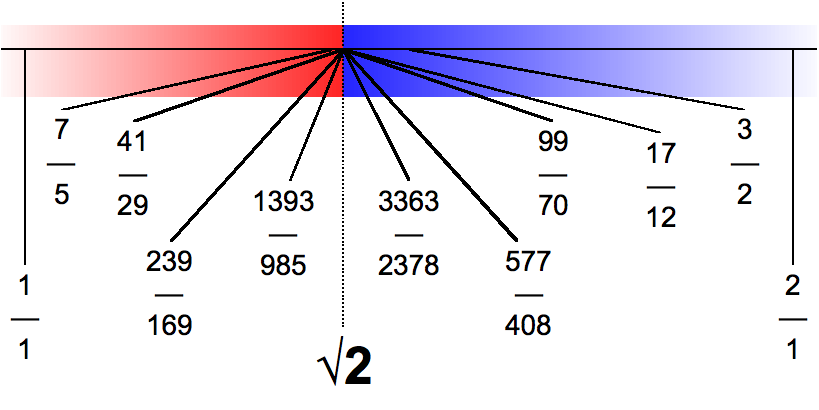|
Dedekind
Julius Wilhelm Richard Dedekind (6 October 1831 – 12 February 1916) was a German mathematician who made important contributions to number theory, abstract algebra (particularly ring theory), and the Peano axioms, axiomatic foundations of arithmetic. His best known contribution is the definition of real numbers through the notion of Dedekind cut. He is also considered a pioneer in the development of modern set theory and of the philosophy of mathematics known as ''Logicism''. Life Dedekind's father was Julius Levin Ulrich Dedekind, an administrator of TU Braunschweig, Collegium Carolinum in Braunschweig. His mother was Caroline Henriette Dedekind (née Emperius), the daughter of a professor at the Collegium. Richard Dedekind had three older siblings. As an adult, he never used the names Julius Wilhelm. He was born in Braunschweig (often called "Brunswick" in English), which is where he lived most of his life and died. He first attended the Collegium Carolinum in 1848 before t ... [...More Info...] [...Related Items...] OR: [Wikipedia] [Google] [Baidu] |
Dedekind Cut
In mathematics, Dedekind cuts, named after German mathematician Richard Dedekind but previously considered by Joseph Bertrand, are а method of construction of the real numbers from the rational numbers. A Dedekind cut is a partition of the rational numbers into two sets ''A'' and ''B'', such that all elements of ''A'' are less than all elements of ''B'', and ''A'' contains no greatest element. The set ''B'' may or may not have a smallest element among the rationals. If ''B'' has a smallest element among the rationals, the cut corresponds to that rational. Otherwise, that cut defines a unique irrational number which, loosely speaking, fills the "gap" between ''A'' and ''B''. In other words, ''A'' contains every rational number less than the cut, and ''B'' contains every rational number greater than or equal to the cut. An irrational cut is equated to an irrational number which is in neither set. Every real number, rational or not, is equated to one and only one cut of rati ... [...More Info...] [...Related Items...] OR: [Wikipedia] [Google] [Baidu] |
